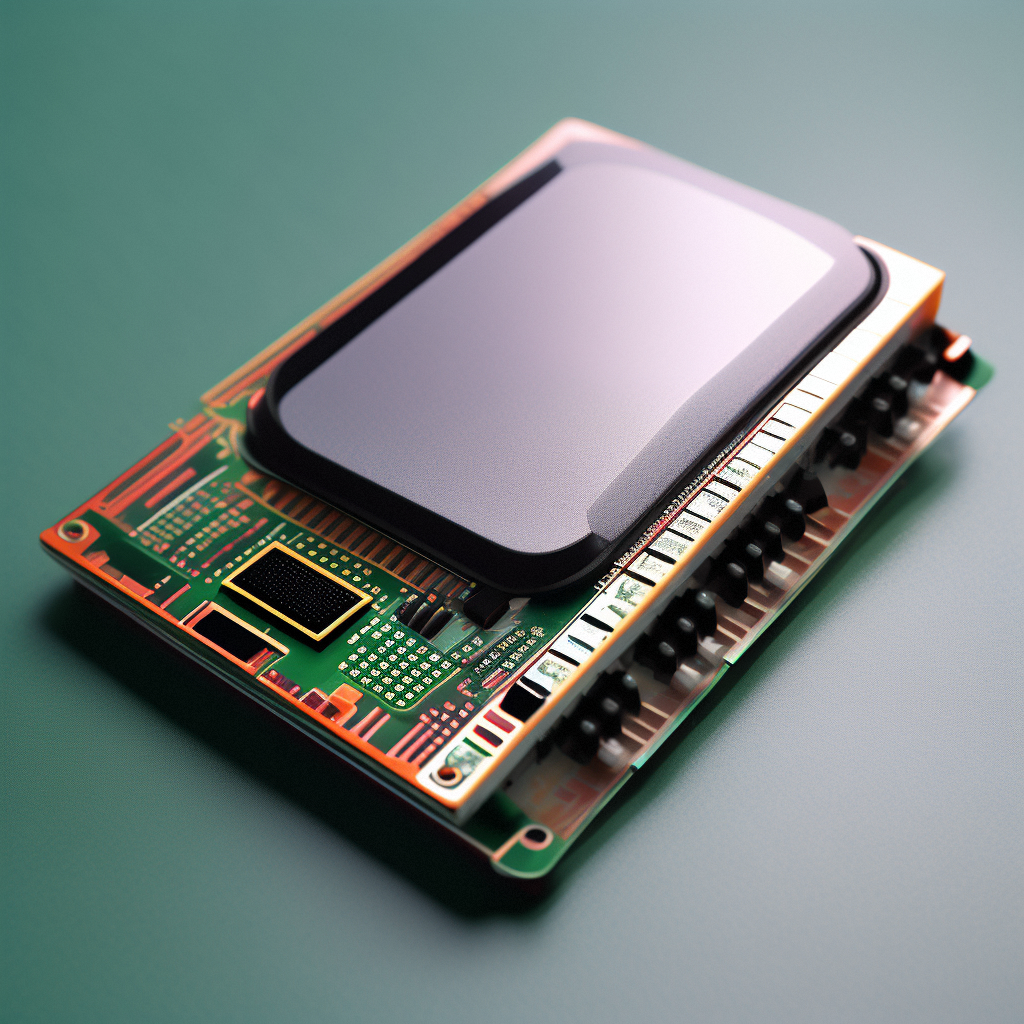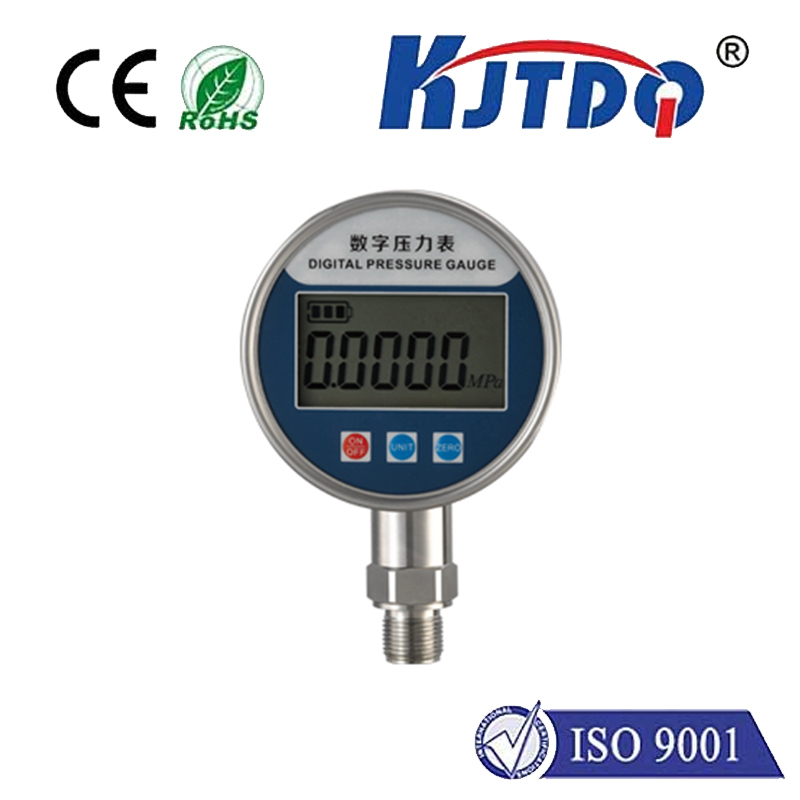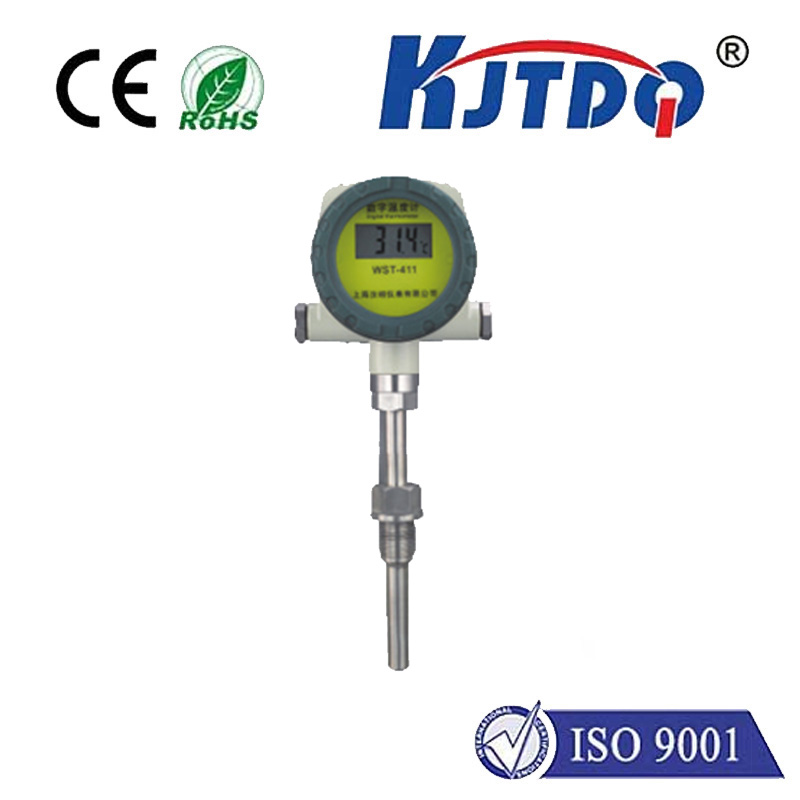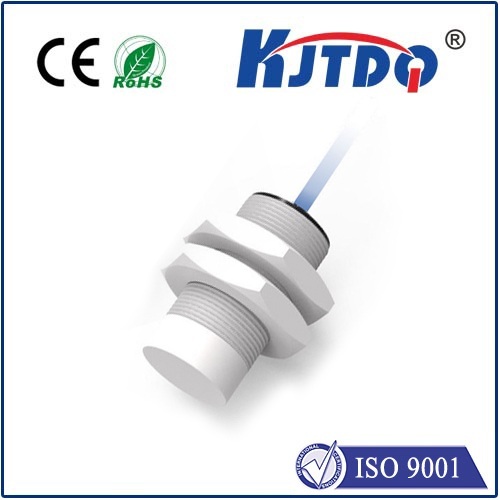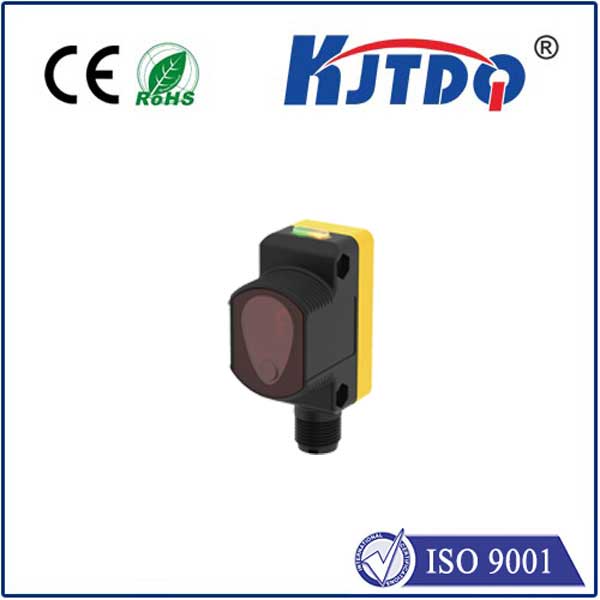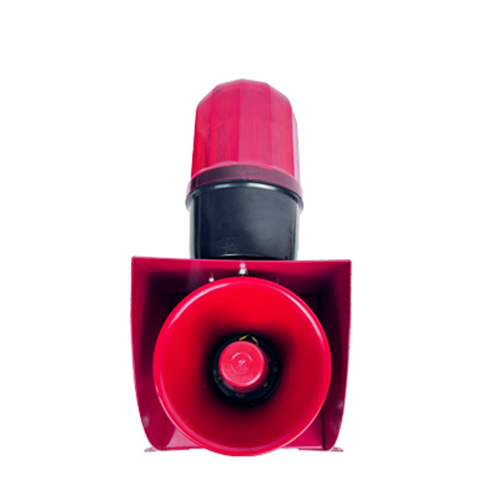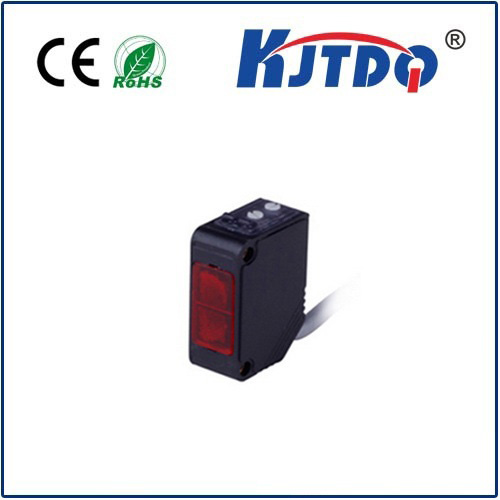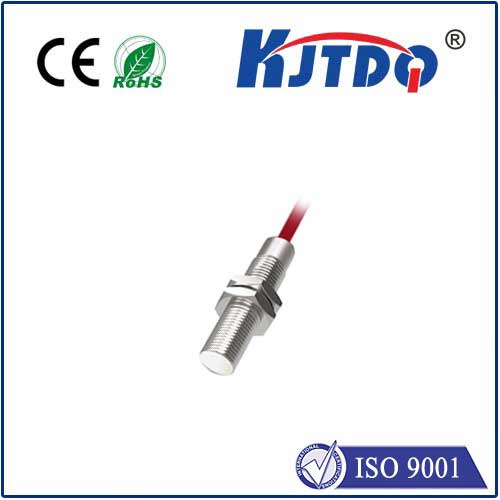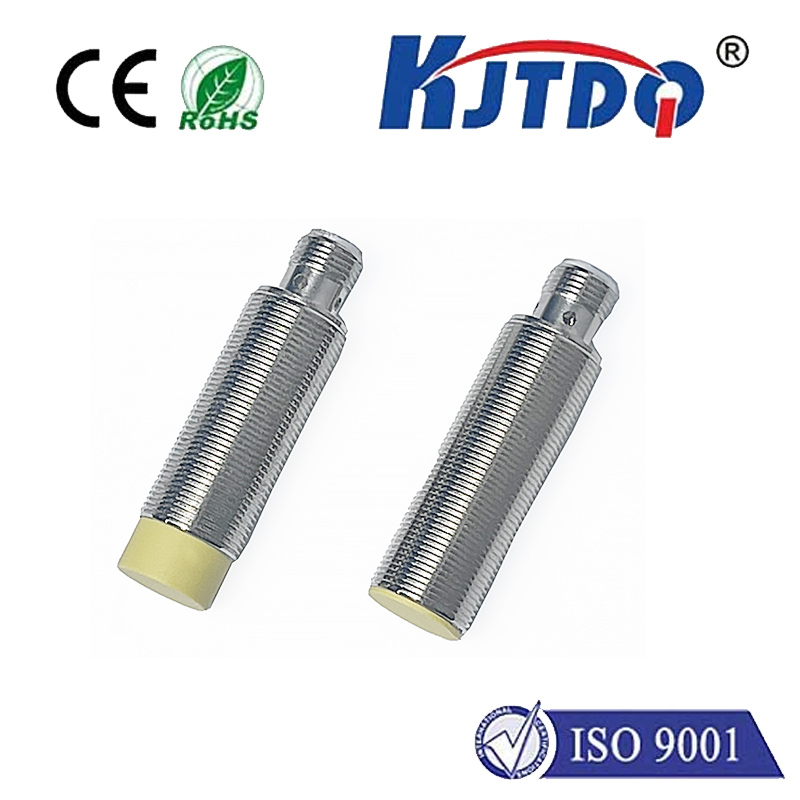Датчик приближения M18 pnp
- time:2025-07-17 09:00:21
- Нажмите:0
M18 PNP NO Proximity Sensors: Your Compact Industrial Detection Solution
In the intricate dance of modern industrial automation, countless unseen components work tirelessly to ensure smooth operation, precision, and safety. Among these often-overlooked heroes, the датчик приближения stands as a fundamental sentinel, detecting the presence or absence of objects without physical contact. When the specification reads “M18 PNP NO”, it pinpoints a remarkably popular and versatile configuration – an M18 threaded cylindrical sensor with PNP (sourcing) output in a Normally Open (NO) switching state. Let’s delve into why this specific combination is a cornerstone in control panels and machinery worldwide.
Decoding the Name: M18, PNP, NO
Understanding this sensor starts with breaking down its descriptive title:
- M18: This refers to the sensor’s physical form factor – a cylindrical housing with an 18mm diameter and a standard metric thread (typically M18 x 1mm). This compact size makes it incredibly easy to install in tight spaces, requiring only a corresponding threaded hole. The robust metal body (usually nickel-plated brass or stainless steel) provides excellent durability against vibration and mechanical stress common in industrial settings.
- PNP: This defines the transistor output type. In a PNP sensor, when active (target detected), the signal output line is switched to positive supply voltage (+V). Think of it as the sensor “sourcing” the positive current to the input of the connected device (like a PLC input module). PNP outputs are often the preferred choice in systems where the PLC inputs are configured to sink current (common in Europe and widely compatible globally).
- NO (Normally Open): This describes the electrical switching state when no target is within the sensing range. In its “normal” state (no target), the output circuit is open (OFF) – no current flows. When a detectable target enters the sensing field, the output circuit closes (ON), allowing current to flow through the PNP transistor to the load.
Why Choose an M18 PNP NO Proximity Sensor?
The convergence of these features – compact M18 size, PNP sourcing output, and NO switching – creates a sensor with significant advantages:
- Wide Compatibility: The PNP sourcing output interfaces seamlessly with the majority of programmable logic controllers (PLCs) and digital input modules designed for positive-switching signals.
- Simplified Wiring & Diagnostics: The NO configuration is often intuitive for control logic (“sensor ON = target present”). Combined with the typically simple 3-wire setup (Brown = +V, Blue = 0V, Black = Signal Output), installation and troubleshooting are straightforward. When triggered, the Black wire supplies +V.
- Compact & Robust: The M18 size is a sweet spot – small enough for space-constrained installations yet large enough to house robust electronics and offer reasonable sensing ranges. Its threaded design ensures secure mounting.
- Reliability & Longevity: Being non-contact (no moving parts to wear out), inductive proximity sensors offer exceptional reliability. Sealed designs with ratings like IP67 or IP68 protect against dust and water ingress, making them suitable for harsh environments.
- Cost-Effectiveness: As one of the most common configurations, M18 PNP NO sensors are readily available from numerous manufacturers, offering competitive pricing for high-volume applications.
Key Technical Specifications to Consider
When selecting an M18 PNP NO sensor for your application, ensure these key parameters align with your requirements:
- Sensing Distance (Sn): Usually specified for mild steel (e.g., 2mm, 4mm, 5mm, 8mm). This is the nominal operating distance where reliable detection occurs. Remember: Actual sensing distance can be affected by target material, size, and shape.
- Sensing Principle: While “proximity sensor” often implies inductive, confirm this is the case. Inductive proximity sensors detect metallic objects (ferrous and non-ferrous, though ferrous metals typically offer longer ranges) without contact.
- Output Switching Capacity: The maximum current (e.g., 100mA, 200mA) and Напряжение (typically 10-30V DC) the PNP output can handle. Ensure this matches the load (e.g., PLC input current draw).
- Supply Voltage: The required operating voltage, commonly 10-30V DC, though always check the datasheet.
- Switching Frequency: How quickly the sensor can respond to targets passing by (e.g., 500Hz, 1kHz). Critical for high-speed applications.
- Hysteresis: The difference between the switch-on and switch-off points, which prevents output chattering when a target is near the sensing limit.
- Protection Rating: Look for МП67 (dust-tight and protected against temporary immersion) or IP68 (protected against continuous immersion) for industrial robustness.
- Material: Housing material (e.g., nickel-plated brass, stainless steel) and sensing face material impact chemical resistance and durability. Stainless steel variants are preferred for washdown or corrosive environments.
- Electrical Connection: Options include pre-wired cables (e.g., 2m), M12 quick-disconnect connectors, or terminal chambers.
Typical M18 PNP NO Wiring
Wiring is generally simple:
- Connect Brown (or Red) wire to the positive DC supply voltage (+V, e.g., +24V).
- Connect Blue (or Black) wire to the DC supply common (0V).
- Connect the Black (or Blue/White/Yellow - always check markings!) wire to your load (e.g., PLC input, relay coil, indicator lamp).
- Connect the other side of the load to the DC supply common (0V).
When the sensor detects a target, its internal PNP transistor turns on, effectively connecting the Black output wire internally to the +V supply via the transistor. This sources the positive current (+V) through the output wire to the load. The current then flows back through the load to 0V (Blue wire), completing the circuit.
Common Applications: Where Shines the M18 PNP NO?
The versatility of the M18 PNP NO proximity sensor makes it ubiquitous across industries:
- Machine Tooling: Position sensing of tool holders, clamps, slides (end-of-stroke detection), and door interlocks.
- Перевозка материалов: Bottle/can counting on conveyors, pallet presence detection, level sensing in bins (metal only).
- Packaging Machinery: Detecting product presence on filling lines, carton flap position detection, and rotary encoder synchronization.
- Automated Assembly: Confirmation of part presence in fixtures, robot arm position feedback, and actuator position feedback.
- General Equipment Control: Door open/closed status, safety guard position monitoring, and non-contact limit switches on cylinders.
Installation Considerations for Optimal Performance
- Mounting: Ensure the sensor is securely tightened into its M18 threaded mounting hole. Avoid overtightening.
- Target Material & Size: For inductive sensors, the target must be metal. Larger ferrous targets (steel/iron) achieve maximum range. Small or non-ferrous targets (aluminum, brass, copper) significantly reduce the effective sensing distance.
- Flush vs Non-Flush Mounting: M18 sensors come in flush and non-flush (shielding) variants. Flush models can be
